Amazon says India's e-commerce exports top $20 billion, despite US tariffs
Thousands of Indian artisans and small businesses were affected after the U.S. doubled tariffs on certain goods to 50 percent starting on Aug. 27. The tariffs were a response to India's purchases of Russian oil.
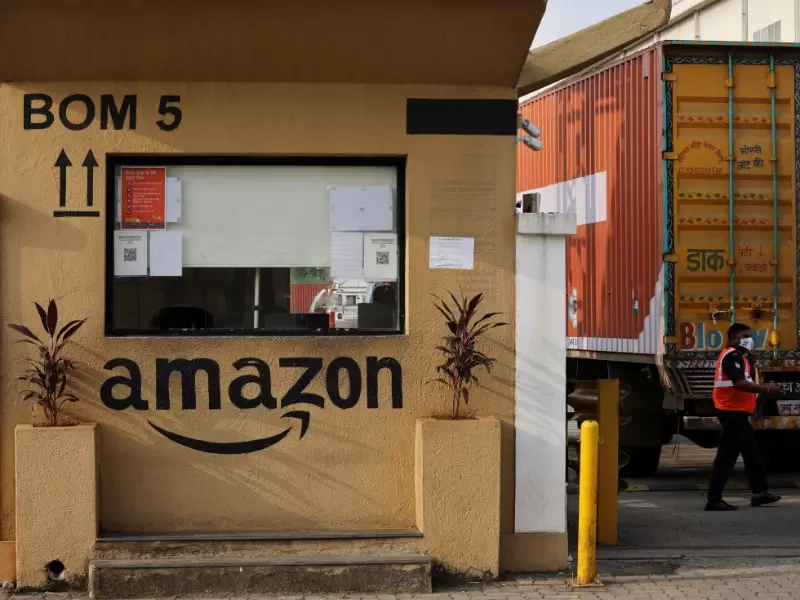 A man inspects trucks before they enter an Amazon storage facility on the outskirts of Mumbai, India, October 1, 2021. Picture taken October 1, 2021. To match Special Report AMAZON-INDIA/RIGGING. / REUTERS/Francis Mascarenhas
A man inspects trucks before they enter an Amazon storage facility on the outskirts of Mumbai, India, October 1, 2021. Picture taken October 1, 2021. To match Special Report AMAZON-INDIA/RIGGING. / REUTERS/Francis Mascarenhas
Amazon on Oct. 27 said it has helped Indian sellers surpass $20 billion in total exports, including nearly $7 billion this year, as small operators work to offset the impact of new U.S. import tariffs that were imposed in August.
The company said it remained confident in its long-term growth and set a new target of reaching $80 billion in exports by 2030, driven by rising global demand for cosmetics, toys, furniture, and apparel.
Thousands of Indian artisans and small businesses were affected after the U.S. doubled tariffs on certain goods to 50 percent starting on Aug. 27. The tariffs were a response to India's purchases of Russian oil.
Amazon executives said the broader export impact remained limited.
Also Read: India joins the global dedollarization drive—And the Rupee is its weapon
"We focus on controllable inputs, not short-term trade headwinds,” said Srinidhi Kalvapudi, the head of Amazon Global Selling India, in an interview.
"Our long-term story is structural, not cyclical—and for e-commerce exports, it’s still day one."
Amazon’s Global Selling program, unveiled in 2015, enables Indian small- and medium-sized enterprises to sell to customers in 18 global markets, including the U.S., Britain, Germany, Canada, and the United Arab Emirates.
The U.S. is the top destination for Indian sellers on Amazon, followed by Britain, Germany, and Canada, Kalvapudi said.
According to data from India's commerce ministry, exports to the U.S. fell to $5.43 billion in September from $6.87 billion in August, as tariffs hit shipments of textiles, shrimp, gems, and jewelry.
Amazon’s exporter base has grown to about 200,000 sellers, up 33 percent in a year, spanning 28 states and seven union territories, including Delhi, Uttar Pradesh, Tamil Nadu, Maharashtra, Rajasthan, Gujarat, and Haryana, Kalvapudi said.
The milestone of $20 billion in exports was achieved ahead of the end-2025 target, led by rising shipments from smaller cities like Panipat, Bhadohi, Karur, and Erode, he said.
"What’s most inspiring is that exports are no longer limited to metros—small towns are now major contributors," Kalvapudi said.
Categories like health, beauty, home, apparel, and toys continued to grow by more than 35 percent a year, he said.
In 2024 alone, Panipat and Karur together shipped goods worth nearly $160 million, underscoring the rise of smaller manufacturing hubs.
India’s 2023 trade policy and the Reserve Bank of India's simplified e-commerce export rules have supported growth.
“These reforms will compound over time as Indian brands expand globally,” Kalvapudi added.
ADVERTISEMENT
ADVERTISEMENT
E Paper
Video



 Reuters
Reuters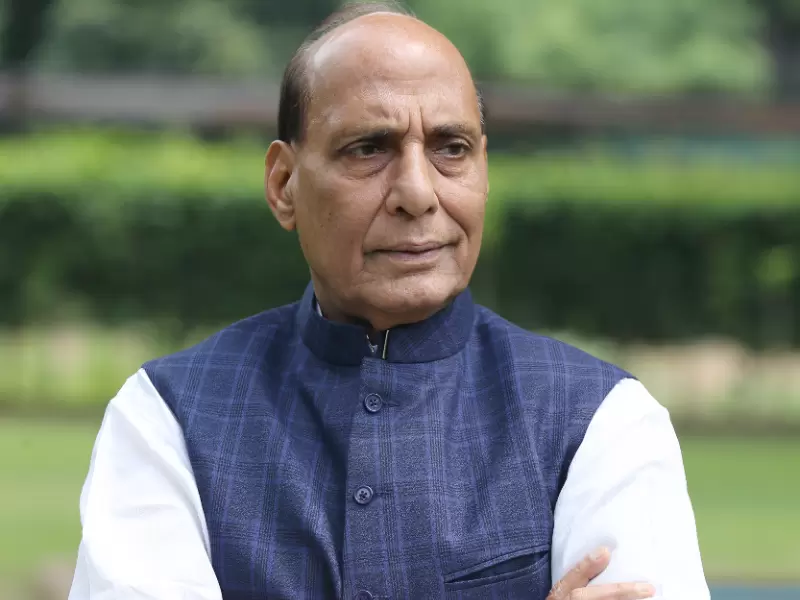




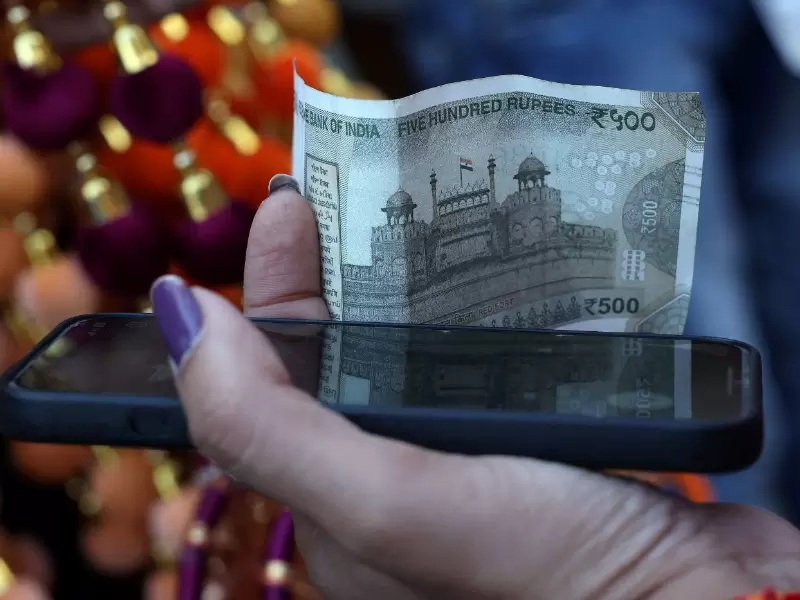
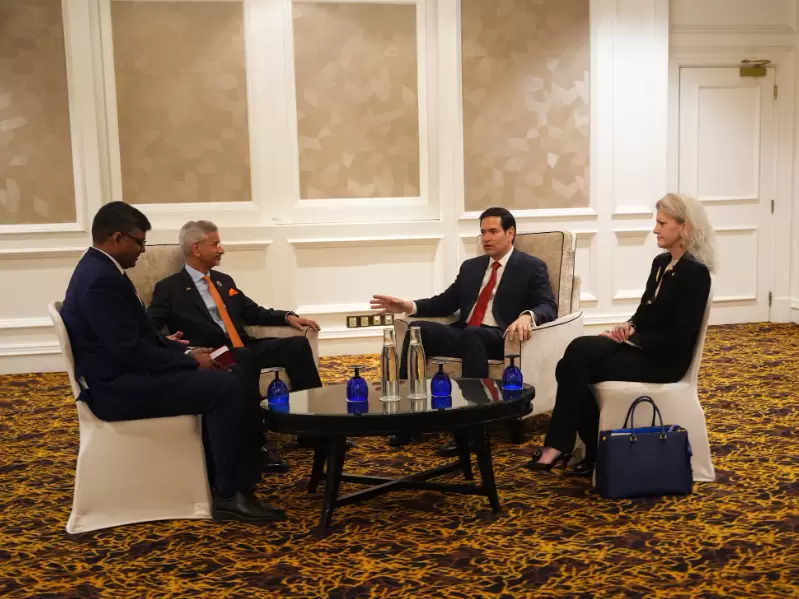

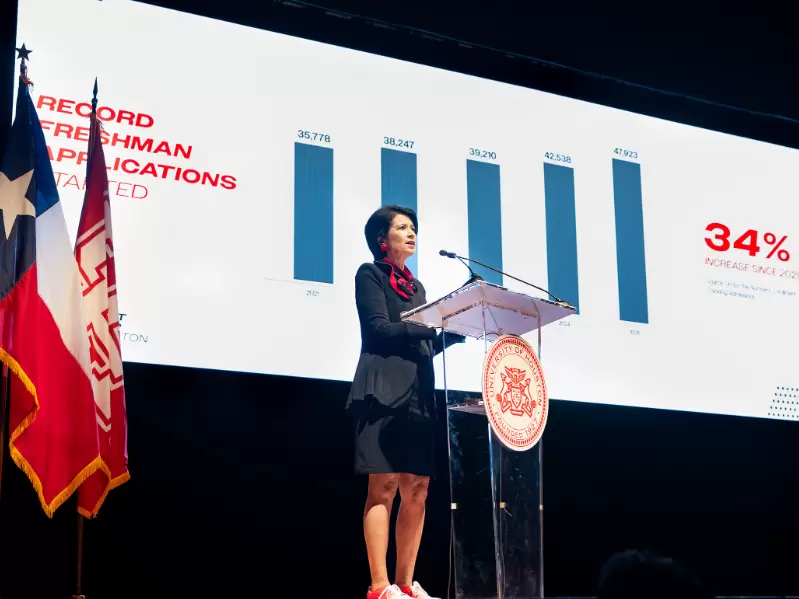

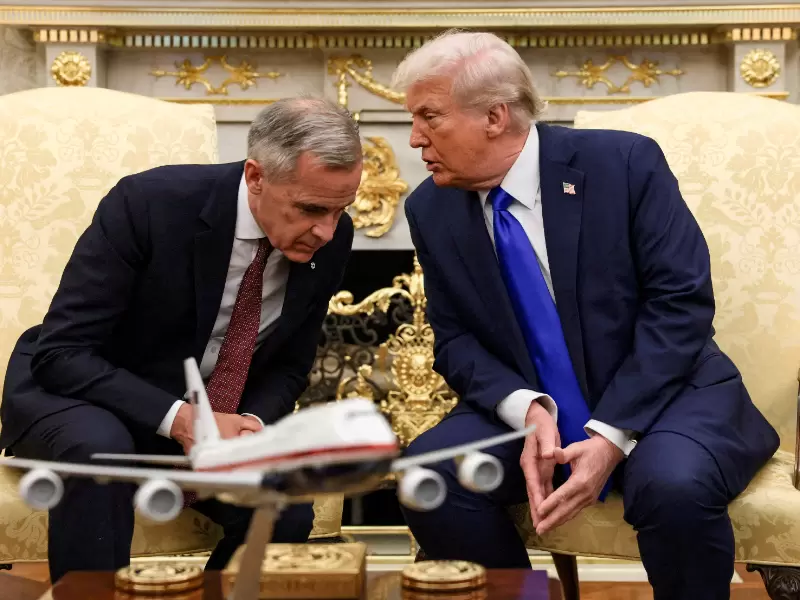



Comments
Start the conversation
Become a member of New India Abroad to start commenting.
Sign Up Now
Already have an account? Login